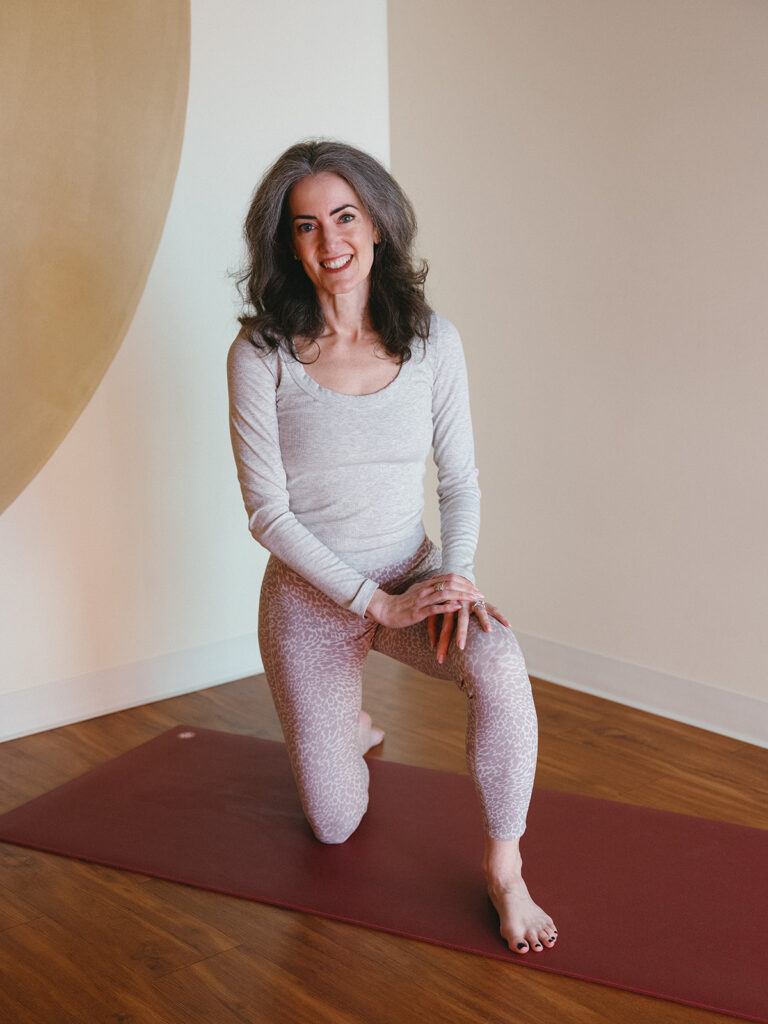Aspiring teachers sometimes write me to ask for advice on choosing a teacher training. While I can’t make individual recommendations without knowing the teacher-to-be and the offerings in his or her area, there are some general themes to my answer.
Be clear on your intention. As with any undertaking, clarity about what you’re doing is important. Spend some time considering why you feel called to yoga teacher training. Most trainees want to share the benefit that yoga has made in their lives; some want to deepen their own practice. Even if you emerge from this contemplation unable to articulate exactly what the pull is, it’s useful work.
Yoga teacher training is an ongoing process. Taking a teacher training is only one step in your development as a teacher. This development begins before teacher training, and it continues long after you finish your program. It involves practice, practice, practice, self-study, practice, study with others, practice, continual refinement of your views and skills, and more practice. Takeaway: this is just one part of a lifelong study; the program doesn’t have to be “perfect” to get you started on the path.
A 200-hour program is like the first two years of college. The program presumes you have some knowledge already, and it should introduce you to the fundamental skills you’ll need to continue your own education. A program like the one I lead at Carrboro Yoga is even more explicitly like the first two years of college: we work through prerequisites, exploring major schools and styles while encouraging students to form their own decisions about what direction they will choose to explore in depth after the 200-hour level.
And just like college, you don’t have to go through this formal education process to be a fantastic teacher. The 200-hour Yoga Alliance standards, while well intentioned, are not uniformly applied or enforced; yoga got along for centuries without them. College is not for everyone.
Once you’ve gone broad, go deep. When you’re clear on your “major,” devote your study to a particular approach, whether that means studying with a specific teacher or in a specific style. This depth is important after you’ve gotten a sense of the breadth of yoga in your 200-hour or comparable training. This could mean attending another teacher training, apprenticing with and assisting a master teacher, or specializing in a group, like kids, seniors or, in my case, athletes. (Sales pitch: check out my online course on teaching yoga to athletes!)
Choose a program that suits your learning style and that you can commit to fully. For some, that’s an intensive immersion. For others, a one-weekend-a-month format soaks in better. What’s important is that you can make it to and through the program with full commitment, both from yourself and from the loved ones who’ll have to support you through the process.
If you’ve done teacher training or considered it, what advice or questions would you share?

